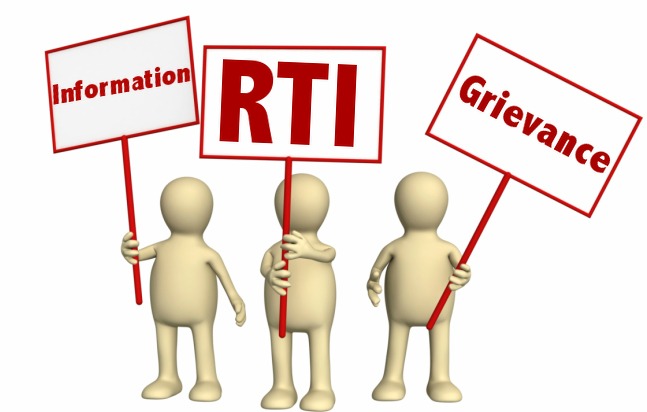The Right to Information Act, 2005: Empowering Citizens Through Transparency and Accountability
The Right to Information Act (RTI), enacted by the Indian Parliament on October 12, 2005, heralded a new era of transparency, accountability, and citizen empowerment in India’s governance framework. This landmark legislation marked a significant milestone in the country’s democratic journey by granting citizens the fundamental right to access information held by public authorities. The RTI Act has emerged as a powerful tool for fostering transparency, combating corruption, and promoting good governance across all levels of government.
Historical Context and Need for Legislation
Before the enactment of the RTI Act, access to government information in India was largely shrouded in secrecy, with citizens often facing bureaucratic hurdles and opacity in obtaining crucial information about government policies, decisions, and expenditures. This lack of transparency not only undermined accountability but also hindered public participation in the democratic process. Recognizing the need to address these deficiencies, the Indian government introduced the RTI Act to empower citizens and enhance transparency in governance.
Key Provisions and Features
The RTI Act embodies the principles of openness, accountability, and citizen empowerment through its comprehensive framework. Some of its key provisions and features include:
- Right to Information: The RTI Act confers upon every citizen the right to request information from public authorities, defined broadly to include government departments, ministries, agencies, and bodies owned, controlled, or substantially financed by the government.
- Scope of Information: Citizens can seek access to a wide range of information held by public authorities, including records, documents, reports, memos, emails, and any other material in electronic or physical form.
- Application Process: To exercise their right to information, citizens can submit a written request (RTI application) to the designated Public Information Officer (PIO) of the relevant public authority, specifying the information sought and paying a prescribed application fee.
- Time-bound Response: The RTI Act mandates that public authorities respond to RTI applications within 30 days, with provision for a further extension of 15 days in certain cases. Failure to provide information within the stipulated timeframe can result in penalties for the PIO.
- Exemptions: While promoting transparency, the RTI Act also recognizes certain exemptions where disclosure of information may impede the functioning of public institutions or infringe upon privacy rights. These exemptions include matters of national security, commercial confidence, and personal privacy, among others.
- Appeals Mechanism: In case of dissatisfaction with the response received or non-compliance with the RTI Act, citizens have the right to file an appeal with the designated Appellate Authority, followed by further appeals to the State Information Commission and the Central Information Commission, as applicable.
Impact and Significance
Since its enactment, the RTI Act has had a transformative impact on India’s governance landscape, empowering citizens to hold public authorities accountable, combat corruption, and participate actively in the democratic process. The Act has been instrumental in uncovering instances of maladministration, exposing corruption scandals, and facilitating greater transparency in government decision-making.
Furthermore, the RTI Act has facilitated access to vital information for marginalized and disadvantaged communities, enabling them to assert their rights, demand accountability from public officials, and access essential services and entitlements.
Understanding Article 370 of the Indian Constitution: A Comprehensive Overview
Challenges and the Way Forward
While the RTI Act has been hailed as a potent tool for democratic empowerment, its implementation has encountered several challenges, including bureaucratic resistance, delays in responding to RTI applications, and instances of misuse or frivolous applications.
To address these challenges and strengthen the effectiveness of the RTI regime, concerted efforts are needed to streamline procedures, enhance transparency in the functioning of public authorities, and promote a culture of proactive disclosure of information.
Moreover, there is a need for greater awareness and capacity-building initiatives to empower citizens to exercise their right to information effectively and hold government accountable.
In conclusion, the Right to Information Act, 2005, stands as a cornerstone of India’s democracy, embodying the principles of transparency, accountability, and citizen participation. As India continues its journey towards inclusive and accountable governance, the RTI Act remains a powerful instrument for realizing the ideals of transparency, empowering citizens, and advancing democratic governance.


